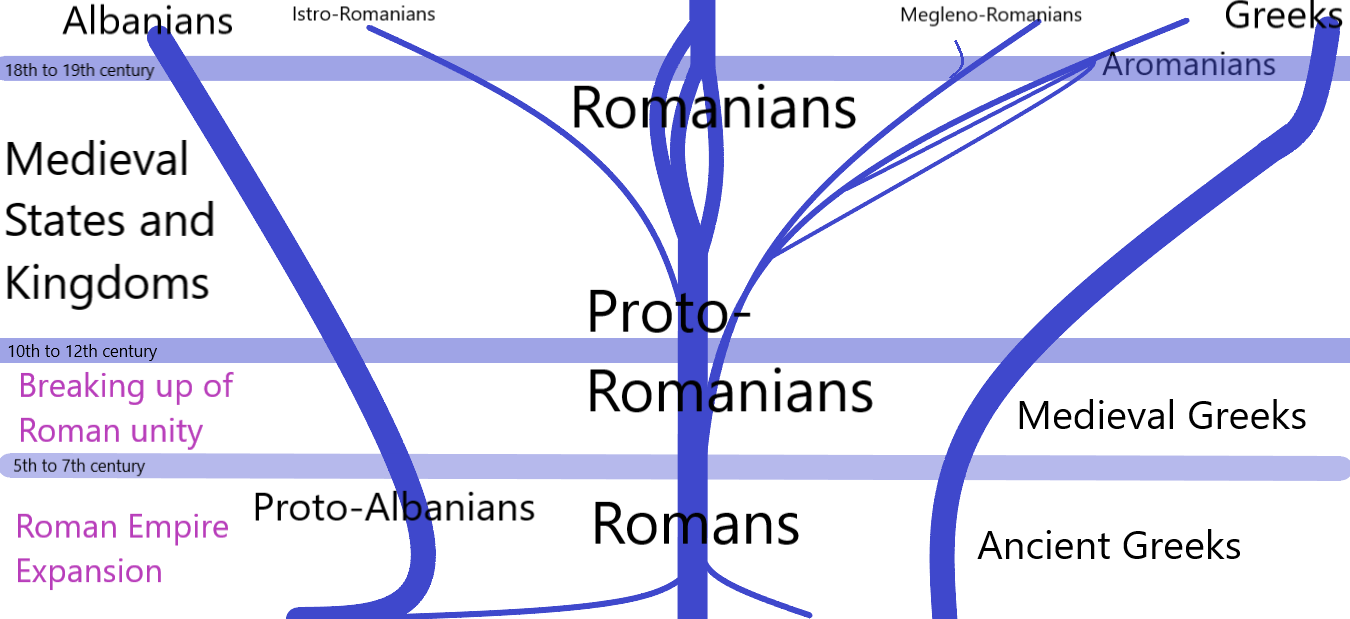|
Battle Of Mečkin Kamen
The Battle of Mečkin Kamen also known as 'Battle of Mechkin Kamen' ( Bulgarian: Битка при Мечкин Камен, Macedonian: Битка кај Мечкин Камен) occurred on the hill now known as Mečkin Kamen ("Bear's Stone"), a few kilometres south from the town of Kruševo on 12 August 1903. It was part of the Ilinden-Preobrazhenie Uprising, led by the Internal Macedonian-Adrianople Revolutionary Organisation (IMARO or VMARO) against the Ottoman Empire. The leading revolutionary commanders of the local Kruševo Republic were Nikola Karev and Pitu Guli. The battle is an important event that is celebrated in Bulgaria and North Macedonia. Before the battle, Pitu Guli inspected his forces and found out that 70 out of the 300 men part of his unit did not have any weapons so he let them return home. Following the takeover, and subsequent declaration of the Krusevo Republic, the surrounding areas were besieged by the Ottoman forces for an estimated 10 days, wit ... [...More Info...] [...Related Items...] OR: [Wikipedia] [Google] [Baidu] |
Ilinden–Preobrazhenie Uprising
The Ilinden–Preobrazhenie Uprising (), consisting of the Ilinden Uprising (; ) and Preobrazhenie Uprising,Keith Brown (2013). Loyal Unto Death Trust and Terror in Revolutionary Macedonia. Indiana University Press. pp. 15-18. . was an organized revolt against the Ottoman Empire, which was prepared and carried out by the Internal Macedonian-Adrianople Revolutionary Organization, with the support of the Supreme Macedonian-Adrianople Committee, which included mostly Bulgarian military personnel. The name of the uprising refers to ''Ilinden'', a name for Elijah's day, and to ''Preobrazhenie'' which means Feast of the Transfiguration. The revolt lasted from the beginning of August to the end of October. The rebellion in the region of Macedonia affected the Manastir vilayet, supported by Macedonian Bulgarian revolutionaries, and to some extent by the Aromanian population of the region. A provisional government was established in the town of Kruševo, where the insurgents proc ... [...More Info...] [...Related Items...] OR: [Wikipedia] [Google] [Baidu] |
Bulgaria
Bulgaria, officially the Republic of Bulgaria, is a country in Southeast Europe. It is situated on the eastern portion of the Balkans directly south of the Danube river and west of the Black Sea. Bulgaria is bordered by Greece and Turkey to the south, Serbia and North Macedonia to the west, and Romania to the north. It covers a territory of and is the tenth largest within the European Union and the List of European countries by area, sixteenth-largest country in Europe by area. Sofia is the nation's capital and List of cities and towns in Bulgaria, largest city; other major cities include Burgas, Plovdiv, and Varna, Bulgaria, Varna. One of the earliest societies in the lands of modern-day Bulgaria was the Karanovo culture (6,500 BC). In the 6th to 3rd century BC, the region was a battleground for ancient Thracians, Persians, Celts and Ancient Macedonians, Macedonians; stability came when the Roman Empire conquered the region in AD 45. After the Roman state splintered, trib ... [...More Info...] [...Related Items...] OR: [Wikipedia] [Google] [Baidu] |
History Of The Aromanians
This article is about the history of the Aromanians. For the history of Northern Vlachs (Romanians), see History of Romania. Origins Aromanians were identified as Vlachs in medieval times. Vlachs, also Wallachian (and many other variants), is a historical term and exonym used from the Middle Ages until the Modern Era to designate speakers of Eastern Romance languages living in the Balkans and north of the Danube. The Vlach peoples from the south Balkans have generally been identified as the indigenous populations with Thracian & Illyrian (Thraco-Illyrian) and Greco-Roman (Hellenic) and true Roman empire origins. Many Vlachs settled into the less-accessible mountainous areas of Greece and other areas in the Balkans because of the barbarian (Germanic, Avar and Bulgar) invasions and immigrations of the 5th-7th centuries. They can be found all over the Balkan peninsula. Aromanians can be found in Greece, Bulgaria, Albania and the Republic of North Macedonia, while Romanians in Roman ... [...More Info...] [...Related Items...] OR: [Wikipedia] [Google] [Baidu] |
